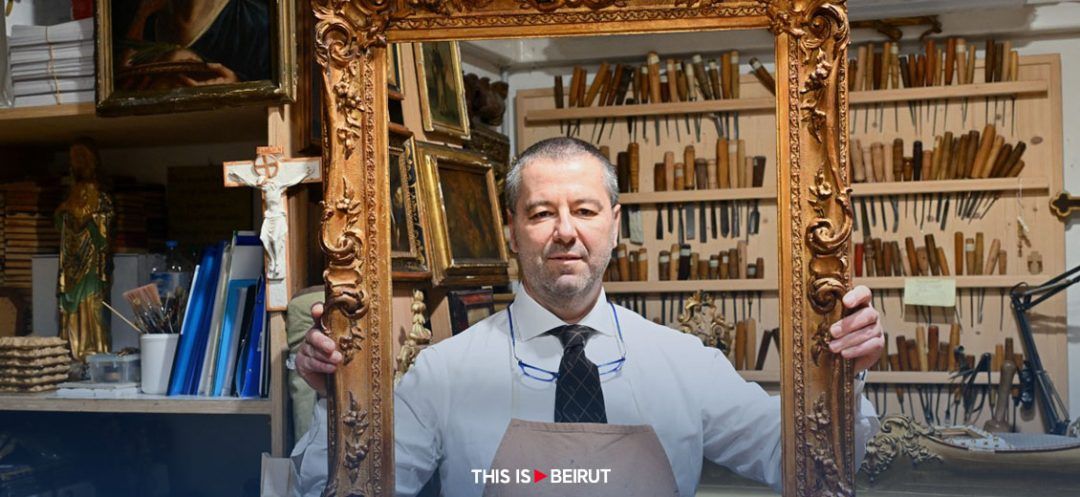
©Gabriele Maselli President of Florence's Historical Businesses Association - Photo by Alberto Pizzoli/AFP
The picturesque city of Florence, renowned for its rich history and cultural heritage, is facing a crisis that threatens the very fabric of its community. The recent eviction of goldsmith Tommaso Pestelli from his historic workshop, a space his family had occupied since 1908, to make room for a luxury hotel, symbolizes a broader issue plaguing the city: the relentless surge of mass tourism and its adverse effects on local artisans and residents.
Florence, a UNESCO World Heritage site, saw a staggering 1.5 million tourists last summer, marking a 6.6 percent increase from the year before. This influx has not only overcrowded the city’s landmarks but has also led to a significant transformation of its urban landscape. Independent shops and residential apartments are increasingly being converted into fast-food outlets and holiday rentals, pushing out long-term residents and altering the city’s character.
The consequences of this tourism boom are palpable in the soaring housing costs, with average monthly residential rents in Florence jumping 42 percent between 2016 and 2023. Simultaneously, the number of properties listed on Airbnb surged from around 6,000 to nearly 15,000. Such changes have made it difficult for locals to afford living in the city, contributing to a decline in the resident population and the disappearance of traditional shops. Pestelli himself, despite finding a new workshop, notes the struggle many fellow artisans face in this changing landscape.
The shift towards a city tailored for tourists rather than its inhabitants has sparked an outcry among locals. Elena Bellini, a seller of local artists’ work, highlights the negative impact of decreasing long-term residency on community life and safety. A jeweler’s shop window poignantly declares, "Florence is dying," blaming the city’s transformation on the prioritization of big business interests over its heritage and community.
This phenomenon is not unique to Florence. Other Italian destinations like Venice and Cinque Terre face similar challenges, with locals being driven away by high rents and the omnipresence of tourism-centric businesses. In response, some cities are experimenting with measures to mitigate these effects. Venice, for example, is trialing a ticketing system to manage day visitors during peak seasons.
Florence’s city council is taking steps to address the issue by promoting attractions outside the city center and attempting to redistribute the tourist flow to lessen the pressure on central areas. Initiatives include promoting "experience-based itineraries" that highlight the region’s historical, artistic, naturalistic, and gastronomic interests. Efforts to encourage visits to surrounding villages and hiking trails have seen positive results, with increased visitor numbers suggesting a potential shift in tourist behavior.
Additionally, the council has introduced a ban on new short-term private vacation rentals in the historic center, coupled with tax incentives for landlords who revert to long-term leases, aiming to make housing more accessible for locals.
Despite these measures, the eviction of artisans near the Ponte Vecchio underscores the ongoing struggle to preserve Florence’s cultural identity and artisanal traditions. As the city grapples with these challenges, the need for a balanced approach that protects its heritage while accommodating tourists becomes increasingly evident. The story of Florence is a cautionary tale about the delicate balance between preserving cultural heritage and embracing modern tourism, highlighting the importance of sustainable tourism practices that support local communities and maintain the integrity of historic sites.
With AFP
Read more






Comments